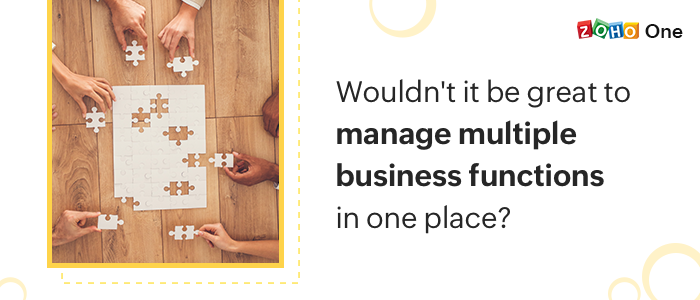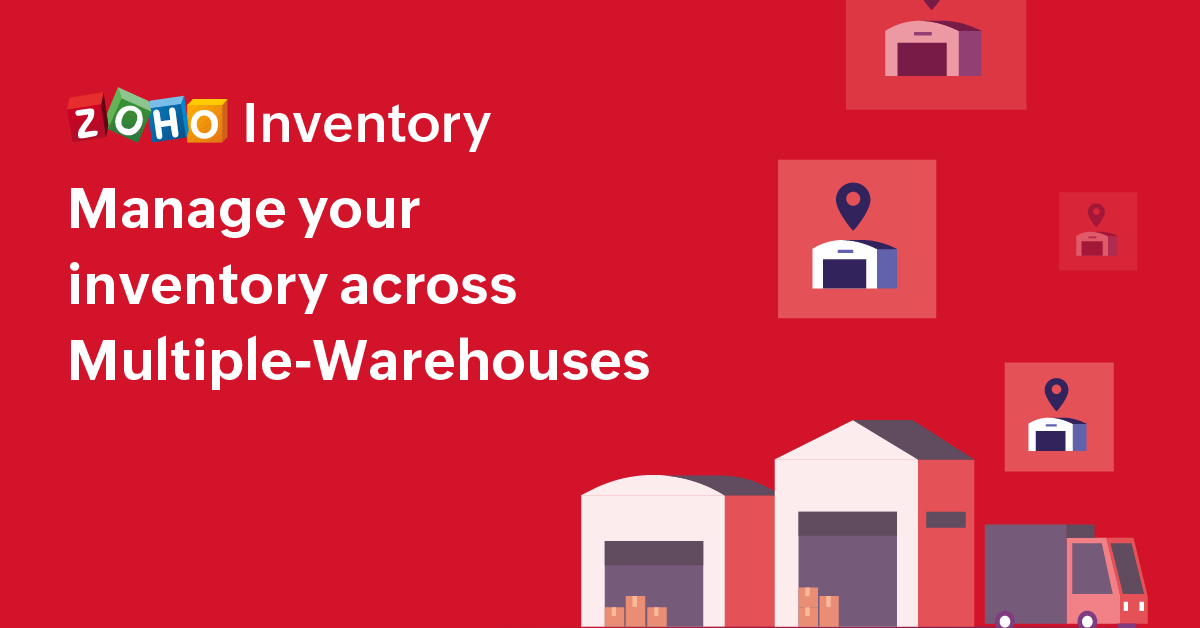
Affiliate Disclosure: We may earn a commission from Zoho purchases at no extra cost to you. We only recommend tools we've actually implemented.
Understanding Cloud ERP
Cloud ERP (Enterprise Resource Planning) is a software solution that runs on cloud infrastructure rather than on your own servers. All data and applications are hosted by the vendor and accessed via the internet. This model has revolutionized how businesses manage their operations, especially for small and medium-sized businesses.
According to recent industry reports, over 75% of new ERP implementations in 2025 are cloud-based, and this trend shows no signs of slowing. But understanding the pros and cons is crucial before making the switch.
Cloud ERP Advantages: Why It's Becoming the Standard
1. Scalability Without Infrastructure Investment
Cloud ERP scales with your business. Add users, locations, or features without purchasing servers, networking equipment, or expanding IT facilities. This flexibility is particularly valuable for growing businesses.
- Start with what you need, scale as you grow
- No upfront hardware costs
- Pay only for what you use
- Easy to add or remove users monthly
2. Automatic Updates and Security Patches
Cloud ERP vendors handle all software updates and security patches automatically. You always have the latest features and security improvements without IT intervention.
- No manual updates required
- Latest features delivered automatically
- Security patches applied immediately
- Compliance updates included
3. Reduced IT Overhead
With cloud ERP, you don't need dedicated servers, database administrators, or extensive IT infrastructure. This significantly reduces IT overhead:
- No server maintenance costs
- No database administration needed
- Reduced IT staffing requirements
- Lower energy and facility costs
4. Accessibility from Anywhere
Cloud ERP enables remote work and multi-location operations. Your team can access the system from any device with internet connectivity.
- Work from anywhere, anytime
- Mobile apps for on-the-go access
- Real-time collaboration across locations
- Consistent experience across devices
5. Better Disaster Recovery
Cloud providers invest heavily in backup systems, redundancy, and disaster recovery. Your data is safer than on most on-premise setups.
- Automated daily backups
- Geographic redundancy
- Disaster recovery built-in
- Data recovery guarantees
6. Lower Upfront Costs
Cloud ERP uses subscription pricing, making it more accessible than on-premise solutions that require large capital expenditures.
- No large upfront investment
- Predictable monthly costs
- Better cash flow management
- Easy to budget and forecast

Cloud ERP Disadvantages: Understanding the Trade-offs
1. Internet Dependency
Cloud ERP requires internet connectivity. While outages are rare, any internet interruption affects access to your system.
Mitigation: Most cloud ERP systems offer offline capabilities and mobile apps that sync when connectivity returns. Modern business internet reliability is typically 99.9%+ uptime.
2. Data Security Concerns
Some businesses worry about data security with cloud solutions, though modern cloud ERP often provides better security than on-premise systems.
- Reputable vendors use enterprise-grade security
- Data encryption in transit and at rest
- Compliance certifications (SOC 2, ISO 27001)
- Regular security audits and penetration testing
3. Less Customization for Specialized Needs
Highly specialized industries with unique requirements may find cloud ERP less customizable than on-premise solutions, though this gap is closing.
Modern Solution: Many cloud ERP platforms like Zoho One offer extensive customization through low-code platforms and APIs, making them suitable for most business needs.
4. Ongoing Subscription Costs
While lower upfront, cloud ERP has ongoing subscription fees. However, when factoring in total cost of ownership, cloud often costs less long-term.
5. Vendor Lock-in
Switching cloud ERP vendors can be challenging. However, modern systems use open standards and APIs, making data export easier.
Cloud vs On-Premise ERP: Detailed Comparison
| Factor | Cloud ERP | On-Premise ERP |
|---|---|---|
| Initial Cost | Low (subscription) | High (license + hardware) |
| Ongoing Costs | Predictable monthly fee | Maintenance + IT staff |
| Setup Time | Weeks | Months |
| Scalability | Easy and instant | Requires hardware purchase |
| Updates | Automatic | Manual (disruptive) |
| Security | Vendor-managed (enterprise-grade) | Your responsibility |
| Accessibility | Anywhere, any device | Office network typically |
| IT Requirements | Minimal | Significant |
Two-Tier ERP Strategy: Best of Both Worlds
A two-tier ERP strategy is gaining popularity, especially for larger organizations with multiple divisions or subsidiaries. This approach uses:
- Tier-1: Enterprise ERP (like SAP or Oracle) at headquarters for core operations
- Tier-2: Cloud ERP (like Zoho One) for subsidiaries, new acquisitions, or smaller divisions
Benefits of Two-Tier ERP
- Cost Efficiency: Avoid extending expensive tier-1 licenses to all locations
- Agility: Smaller units get flexible, modern cloud ERP
- Speed: Faster implementation for new divisions
- Control: Centralized reporting from both tiers
- Best Fit: Right-sized solution for each business unit
When Two-Tier ERP Makes Sense
- Multi-location businesses with varying needs
- Recent acquisitions needing quick integration
- Subsidiaries in different industries
- Growing companies that will eventually need tier-1

Choosing the Right Cloud ERP for Your Business
When selecting a cloud ERP solution, consider:
- Your Industry: Some solutions specialize in specific verticals
- Company Size: Solutions scale from startups to enterprises
- Integration Needs: Must connect with existing tools
- Budget: Consider total cost of ownership, not just subscription
- Growth Plans: Ensure it can scale with your business
- Support Quality: Evaluate vendor support and community
For SMBs: Zoho One as Cloud ERP
Zoho One is an excellent cloud ERP option for small and medium businesses, offering 45+ integrated applications covering CRM, accounting, inventory, project management, HR, and more. At $45/user/month, it provides enterprise-level functionality at a fraction of traditional ERP costs.
Implementation Best Practices
Successfully implementing cloud ERP requires:
- Planning: Define requirements and processes before implementation
- Data Migration: Clean and prepare data for migration
- Training: Invest in user training for adoption
- Change Management: Help employees adapt to new systems
- Phased Rollout: Implement in phases to minimize disruption
Conclusion: Is Cloud ERP Right for You?
For most businesses, especially SMBs, cloud ERP offers significant advantages over on-premise solutions. The scalability, lower upfront costs, automatic updates, and accessibility make it the clear choice for 2025 and beyond.
Two-tier ERP strategies offer an excellent middle ground for larger organizations, allowing them to maintain enterprise systems at headquarters while giving divisions the flexibility and cost savings of cloud solutions.
Next Steps
If you're evaluating cloud ERP solutions, start with a Zoho One free trial to see how modern cloud ERP can transform your business operations. Explore our comprehensive guide to ERP trends for more insights.